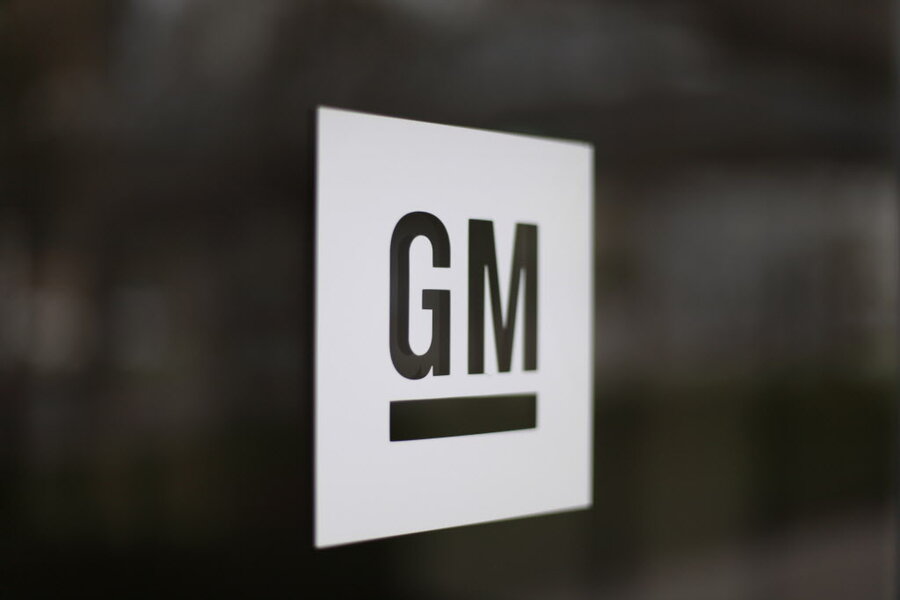GM made record profits in 2015 thanks to North American sales
Loading...
General Motors may have surprised everyone to kick off 2016.
The automaker posted record profits of $2.8 billion, or $1.39 per share, in the fourth quarter of 2015. This improved on Wall Street expectations of $1.21 per share. Earned income for the year was $9.7 billion, up from $2.8 billion in 2014.
“It was a strong year on many fronts, capped with record sales and earnings, and a substantial return of capital to our shareholders,” Chairman and CEO Mary Barra said in a press release. “We continue to strengthen our core business, which is laying the foundation for the company to lead in the transformation of personal mobility.”
GM’s record profits were driven almost exclusively by mammoth car sales in North America: the region generated $2.8 billion in income for GM. Profits outside the US were not as high. Outside North America, Europe generated $0.3 billion for the fourth quarter, and China, $0.6 billion. GM’s operations in South America broke even this year.
Consumers in North America have been most attracted to GM’s range of light trucks and SUVs, as indicated by a 16 percent increase in sales. GM has been marketing its range of luxury vehicles and other types of SUVs in the Chinese market in order to stave off a bigger decline in sales. GM has struggled to make a profit in Europe for more than fifteen years, but managed to cut its losses on the Continent to $298 million, down from $393 million in the same quarter a year ago.
The strong earnings report indicates that the company is recovering from the ignition switch scandal that broke out in early 2014.
That year, GM began issuing recalls for vehicles that had been built with faulty ignition switches and underwent a criminal investigation for delaying the recall. GM stocks declined in March 2015 following a $5 million lawsuit against the company. In September, GM paid a $900 million penalty to the federal government and admitted that it had not disclosed the mechanical failure to consumers.
Even though its American sales of traditional vehicles were strong, GM is beginning to prepare itself for a future where the concept of driving will change. The number of adult Americans getting their drivers’ licenses has been on a steady decline since 2008, according to research from the University of Michigan.
GM’s well-documented $500 million investment in Lyft in early January was a strategic move meant to position GM at the top of the deck in the growing world of ride-sharing and, eventually, the development of autonomous car technology. Later that month, GM purchased Sidecar, a former Uber rival that shut down in December. At the end of January GM announced that it would be building out its own ride-hailing service, called “Maven.”








